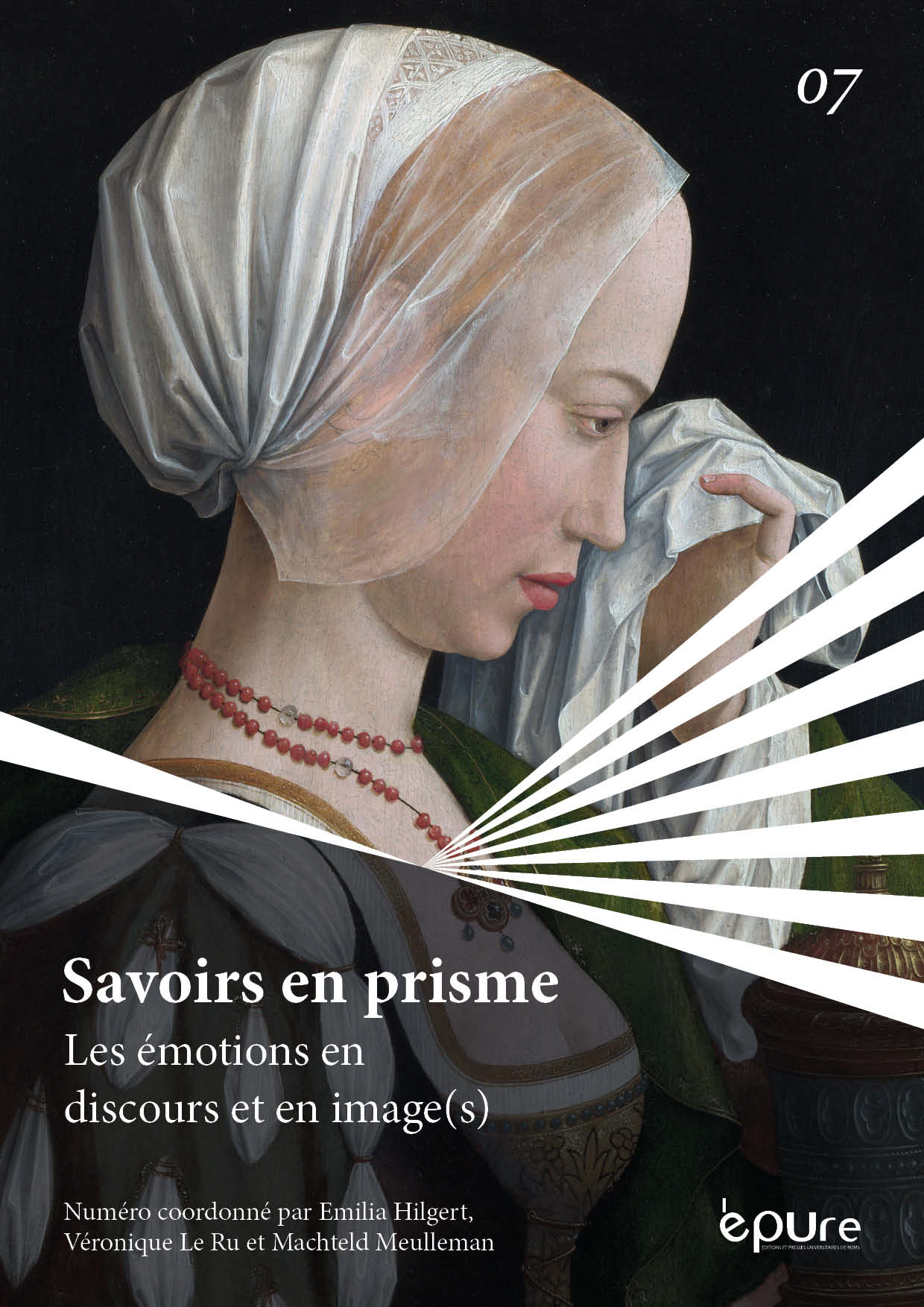Les émotions comme signe d’humanité ou les larmes dans le test de Turing
Abstract
Since 1950, cyberneticists are used to basing their tests of artificial intelligence on the computer´s ability to imitate human conversation. If the speaker is not able to distinguish which one of his two partners is a computer, the employed software succeeded in the test, having “the same semantic appearance” as a human being. In his novel The Future Eve (1886), Villiers de l’Isle-Adam proposed a completely different version of the Turing test, based on emotion expressing. Hadaly, an artificial woman created by Edison, is successful in the Turing test and manages to be loved by Lord Ewald thanks to her ability to cry, touch her partner´s feelings and convince him. An analysis of this key passage, which played an important role in the development of the modern science fiction, will enable us to examine the general problem of emotions in The Future Eve. How to love a female android? And how to be loved by her? Is artificial emotionality the culmination of human evolution or a sort of morbid deviation that will contaminate man and the surrounding nature? What is Villiers´ answer to the Turing´s challenge?
Copyright (c) 2020 Savoirs en prisme

This work is licensed under a Creative Commons Attribution-NonCommercial-ShareAlike 4.0 International License.


